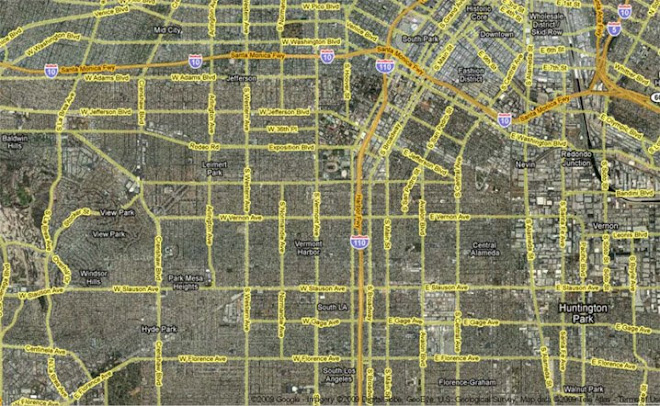

History
1. Cheonggyecheon means Clear Water Stream
2. Runs through the city center
3. Significant to Koreans because it contributed to Seoul chosen for capital. (Pungsu location theory of backing by mountains and fronting water.)
4. After the Korean War, it became dirty and smelly because of shanty towns for refugees and vendors along the river.
5. In the 60s, to mitigate traffic, it was paved over for a 12-lane double-decker expressway by Hyundai.
6. Supported by then Hyundai CEO Lee Myung-Bak (current president) in his Seoul mayoral campaign to restore the river.
7. Demolition began in 2002, and construction finished within 2 years (vs. 5 years in original timeline.)
Traffic During Construction:
1. Extended subway operation hours
2. Rerouted bus lines away from construction site
3. Asked businesses to begin in non-congested hours
4. Put central bus lanes on roads
5. Raised fees on government parking spaces
6. Traffic flow improved slightly: 21.7km/h before vs. 22.8km/h during construction
Environmental Benefits
1. Brings fresh wind streams to downtown
2. Reduces downtown temperature by 3.5°C
3. Restored the ecosystem
4. Public transportation usage increases while car entering downtown decreases.
5. Changed national psych on public transportation. More money directed from road system to railway system. More central bus lanes, and discount fares for long commute
6. More "Road Diet". Sinking road spaces for pedestrian friendly spaces.
Social and Economical Benefits
1. Became a gathering place again. More than 24,000 social and cultural activities held.
2. A catalyst for revitalization, and new buildings constructed along the river.
3. Reconnected north and south halves of downtown.
Paradigm shift:
1. Old paradigm believes traffic behaving like liquid, blocking it would flood other places.
2. To ease traffic is to supply more roads.
3. To remove roads is to create congestion in the surrounding.
4. New thinking is traffic behaving like gas. It expands in bigger spaces and contracts in smaller spaces.
5. The supply of more roads wouldn't ease traffic but generate more demand -- "Induced Demand"
6. When road spaces reduce, traffic disappears. People adjust to new traffic environment.
Criticism:
1. The source of the water is pumped from Han River. It uses electricity from fossil fuel which emits CO2.
2. Poor people not included in the initial plan. Poor people, homeless and vendors were kicked out.
3. The livelihood of remaining vendors is destroyed because of the bus reroute and less car traffic.
4. Failed to achieve cultural, historical and environmental goals because of rush schedule (finished before the end of mayor's term).
5. Became a park with a stream.
Sources:
1. The Webcast of "Seoul: The Stream of Consciousness" at http://www.e2-series.com/
2. http://en.wikipedia.org/wiki/Cheonggyecheon



No comments:
Post a Comment